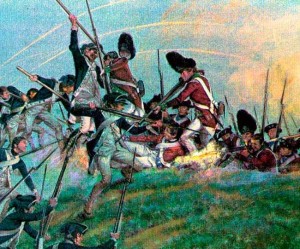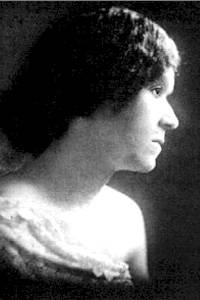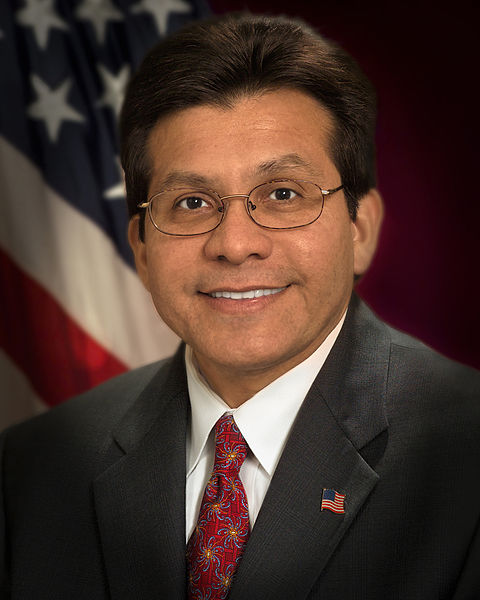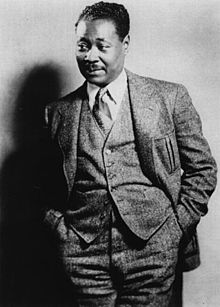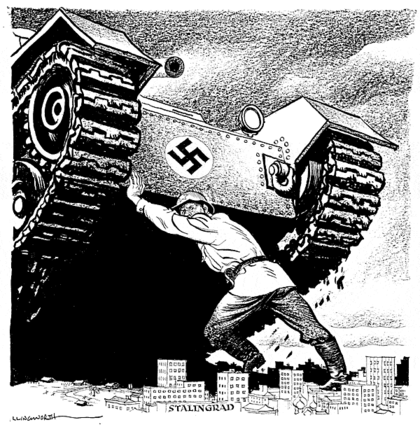BHM Entrepreneurs: Annie Turnbo Malone (1869-1957)
A Pioneer in St Louis
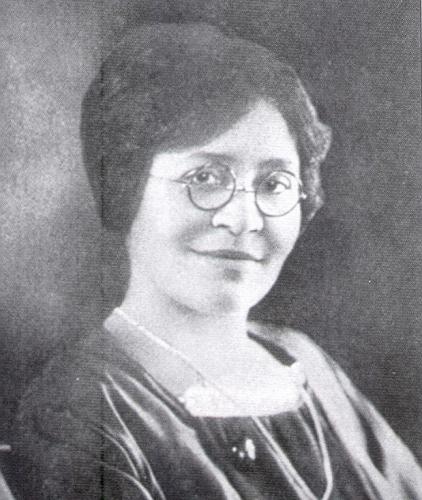 Annie Turnbo Malone was quite likely America’s first female self-made millionaire. She pioneered the development and manufacture of beauty products for black women and was a leading philanthropist, making significant donations to black colleges and political institutions even though she herself did not complete high school. In an era when many African-Americans sought to downplay any link to Africa and when cosmetics distributors were accused of diminishing pride in African features, she chose a Mende word, Poro, as her trademark.
Annie Turnbo Malone was quite likely America’s first female self-made millionaire. She pioneered the development and manufacture of beauty products for black women and was a leading philanthropist, making significant donations to black colleges and political institutions even though she herself did not complete high school. In an era when many African-Americans sought to downplay any link to Africa and when cosmetics distributors were accused of diminishing pride in African features, she chose a Mende word, Poro, as her trademark.
Turnbo was born in 1869, the tenth of eleven children born to parents who had only recently moved to Illinois after winning their freedom. She attended high school in Peoria but dropped out due to illness. By age 20 she had developed her own shampoo and scalp treatment to grow and straighten hair. She took her creation to the streets, going around in a buggy making speeches and demonstrating the new shampoo even though she was later described as reticent. 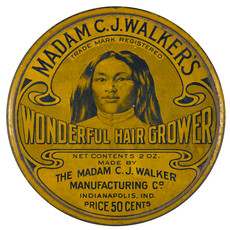 In 1900, while living in what is now Brooklyn, Illinois, she began to sell the Wonderful Hair Grower, five years before Madam C.J. Walker would market a similar product under the same name. She also developed hair straighteners to replace the damaging grease and the chemicals that were the only alternatives at the time. In 1902 she moved to St Louis to take advantage of the city’s booming economy and to prepare for the 1904 World’s Fair. St. Louis gave her access to the fourth largest black middle class community in the country. She was able to capitalize on the publicity and the sales associated with the World’s Fair to tour the South. There she recruited black women as sales agents and as customers. After five years of service, these women were often rewarded with a diamond ring or other luxurious gifts for their service. In the interim, they earned up to $15/day which compared well to the $11/week that an unskilled white worker earned or the less than a 70 cents/day typical of sharecropper families in the South or the $1.25/day of washerwomen in the North. Because store-based channels were closed to black entrepreneurs, these women and the pyramid distribution model pioneered by California Perfume Company (now known as Avon) were essential to her success. She herself had started first by going door to door with a small group of sales agents and often used free hair and scalp treatments to convince potential customers.
In 1900, while living in what is now Brooklyn, Illinois, she began to sell the Wonderful Hair Grower, five years before Madam C.J. Walker would market a similar product under the same name. She also developed hair straighteners to replace the damaging grease and the chemicals that were the only alternatives at the time. In 1902 she moved to St Louis to take advantage of the city’s booming economy and to prepare for the 1904 World’s Fair. St. Louis gave her access to the fourth largest black middle class community in the country. She was able to capitalize on the publicity and the sales associated with the World’s Fair to tour the South. There she recruited black women as sales agents and as customers. After five years of service, these women were often rewarded with a diamond ring or other luxurious gifts for their service. In the interim, they earned up to $15/day which compared well to the $11/week that an unskilled white worker earned or the less than a 70 cents/day typical of sharecropper families in the South or the $1.25/day of washerwomen in the North. Because store-based channels were closed to black entrepreneurs, these women and the pyramid distribution model pioneered by California Perfume Company (now known as Avon) were essential to her success. She herself had started first by going door to door with a small group of sales agents and often used free hair and scalp treatments to convince potential customers.
Lifting as she rises
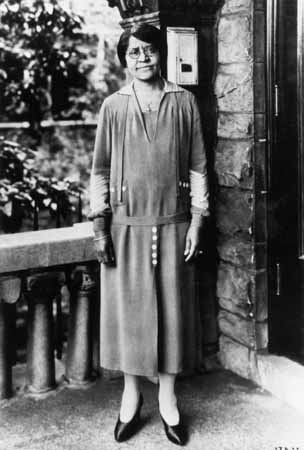 As her business grew, she sparked the career of a number of black women entrepreneurs including Madam C.J. Walker. By 1918, Turnbo would develop the Poro College in St Louis which attracted beauticians from across the country. The college included classrooms as well as 500 seat auditorium and convention facilities which made it a social center for the black middle class who were otherwise shut out of the city’s accommodations (it would become the home of Booker T Washington’s National Negro Business League). It is believed that by this time she was already a millionaire while Walker was denying that she herself was a millionaire. The Guinness Book of Records nonetheless cites Walker as the first self-made female millionaire. By 1922, Turnbo’s products were sold by almost 75,000 agents spread across the U.S., Canada, the Philippines, South America and Africa and by 1924 she was widely regarded as a multimillionaire.
As her business grew, she sparked the career of a number of black women entrepreneurs including Madam C.J. Walker. By 1918, Turnbo would develop the Poro College in St Louis which attracted beauticians from across the country. The college included classrooms as well as 500 seat auditorium and convention facilities which made it a social center for the black middle class who were otherwise shut out of the city’s accommodations (it would become the home of Booker T Washington’s National Negro Business League). It is believed that by this time she was already a millionaire while Walker was denying that she herself was a millionaire. The Guinness Book of Records nonetheless cites Walker as the first self-made female millionaire. By 1922, Turnbo’s products were sold by almost 75,000 agents spread across the U.S., Canada, the Philippines, South America and Africa and by 1924 she was widely regarded as a multimillionaire.
The troubles
Turnbo had the misfortune of marrying poorly. She first married briefly in 1903 but divorced quickly after realizing that her husband did not share her ambitions for Poro. She tried again with Aaron Malone in 1914. That effort ended in a costly 1927 divorce battle in which Malone tried to take credit for much of Turnbo’s success. Local black Republicans supported Malone’s claim and Turnbo settled out of court for an undisclosed amount of cash and real estate. 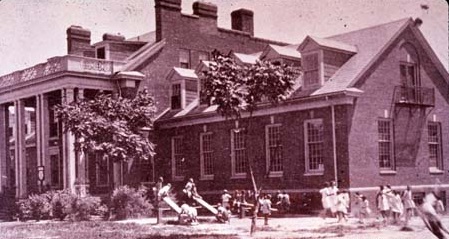 She left her sizable St Louis mansion and moved to Chicago. There she had difficulty replicating her success owing to competition from Walker’s company and Sarah Spencer Washington (who would also become a millionaire). Turnbo also suffered significant losses in the crash of 1929 and had a difficult time generating sales as the depression persisted and S.B. Fuller (more on him in a later post) came on the scene. She also refused to pay all of the taxes levied against her. This permitted the government to take her business into receivership. In time she would lose her Chicago properties also. Nonetheless, at the time of Turnbo’s death in 1957, Poro College continued to operate in more than 30 cities.
She left her sizable St Louis mansion and moved to Chicago. There she had difficulty replicating her success owing to competition from Walker’s company and Sarah Spencer Washington (who would also become a millionaire). Turnbo also suffered significant losses in the crash of 1929 and had a difficult time generating sales as the depression persisted and S.B. Fuller (more on him in a later post) came on the scene. She also refused to pay all of the taxes levied against her. This permitted the government to take her business into receivership. In time she would lose her Chicago properties also. Nonetheless, at the time of Turnbo’s death in 1957, Poro College continued to operate in more than 30 cities.
Who was first?
While there is quite a bit of controversy about whether C.J. Walker stole Turnbo’s formula for the Wonderful Hair Grower, it is worth considering that Walker was living in St Louis (and was a former Poro agent). In 1905, Walker claims to have had a ‘dream’ in which she received the ingredients of her own Wonderful Hair Grower (petrolatum, sulphur and beeswax). These are the same ingredients of Turnbo’s version. In any case, after her inspiration, Walker moved to Denver where a recently widowed sister-in-law lived.
In honor of Black History Month, our regular Tuesday and Friday posts will highlight black entrepreneurs who have displayed exemplary success and resilience.

